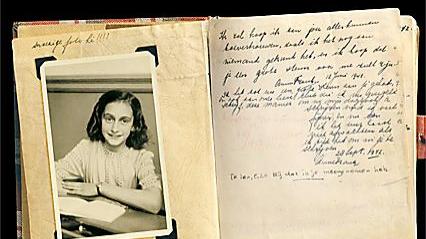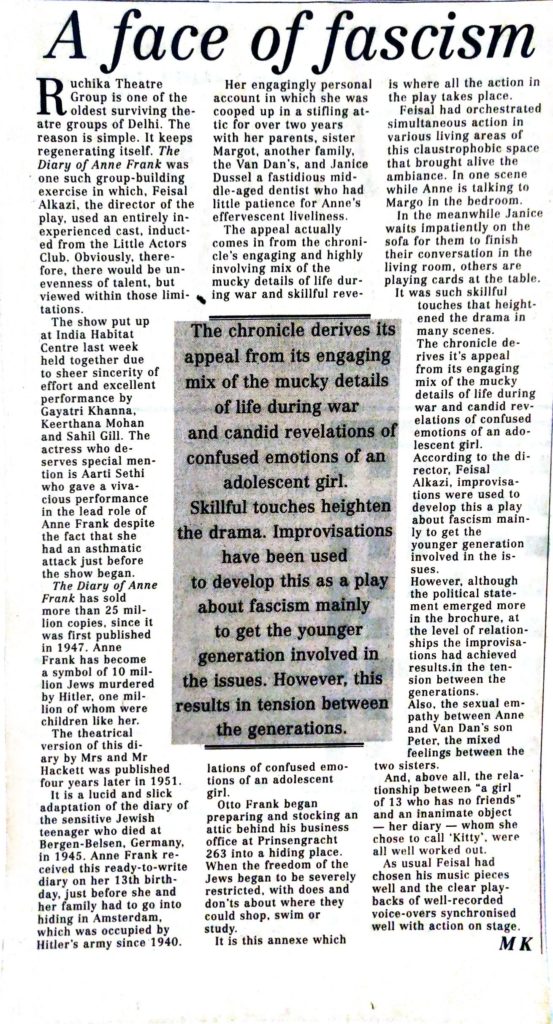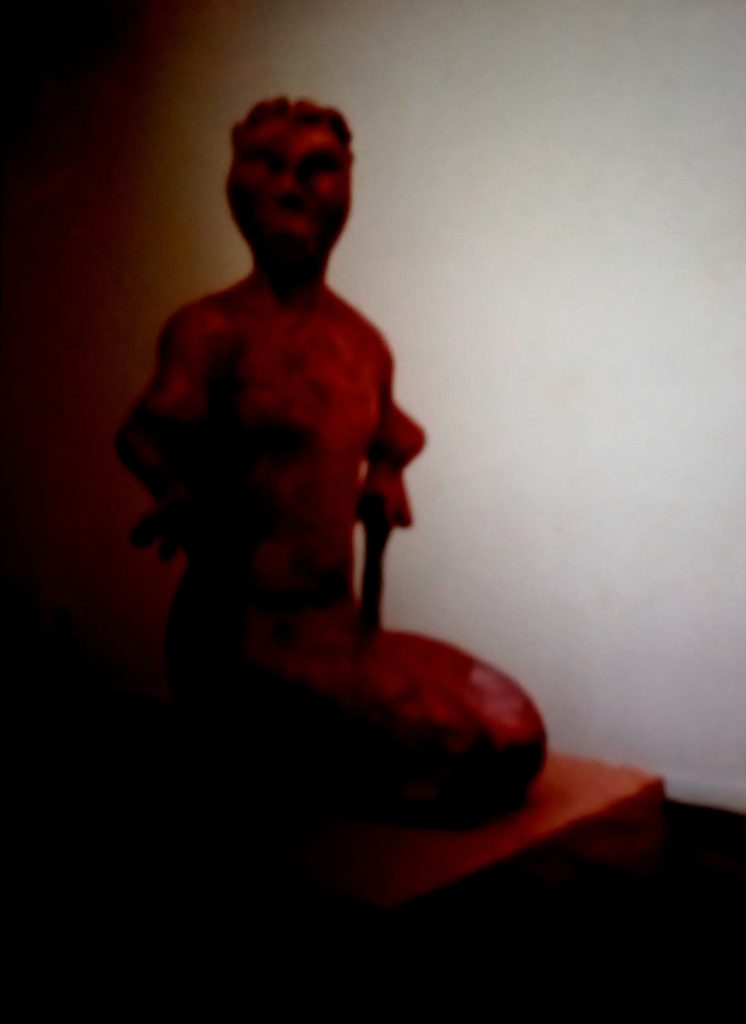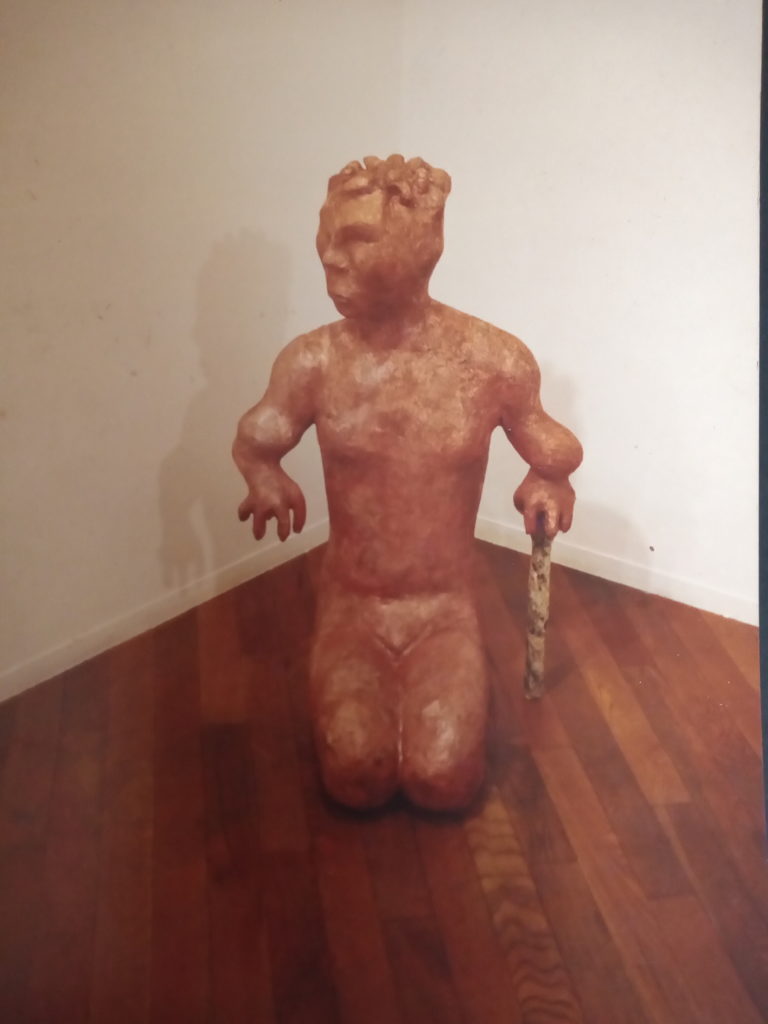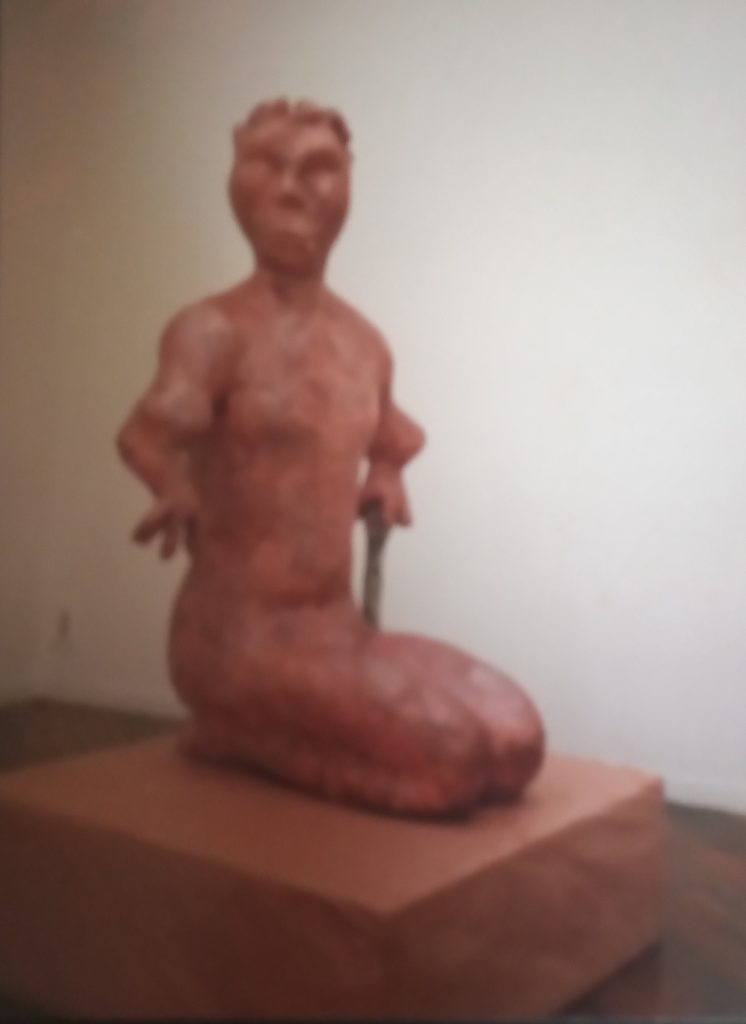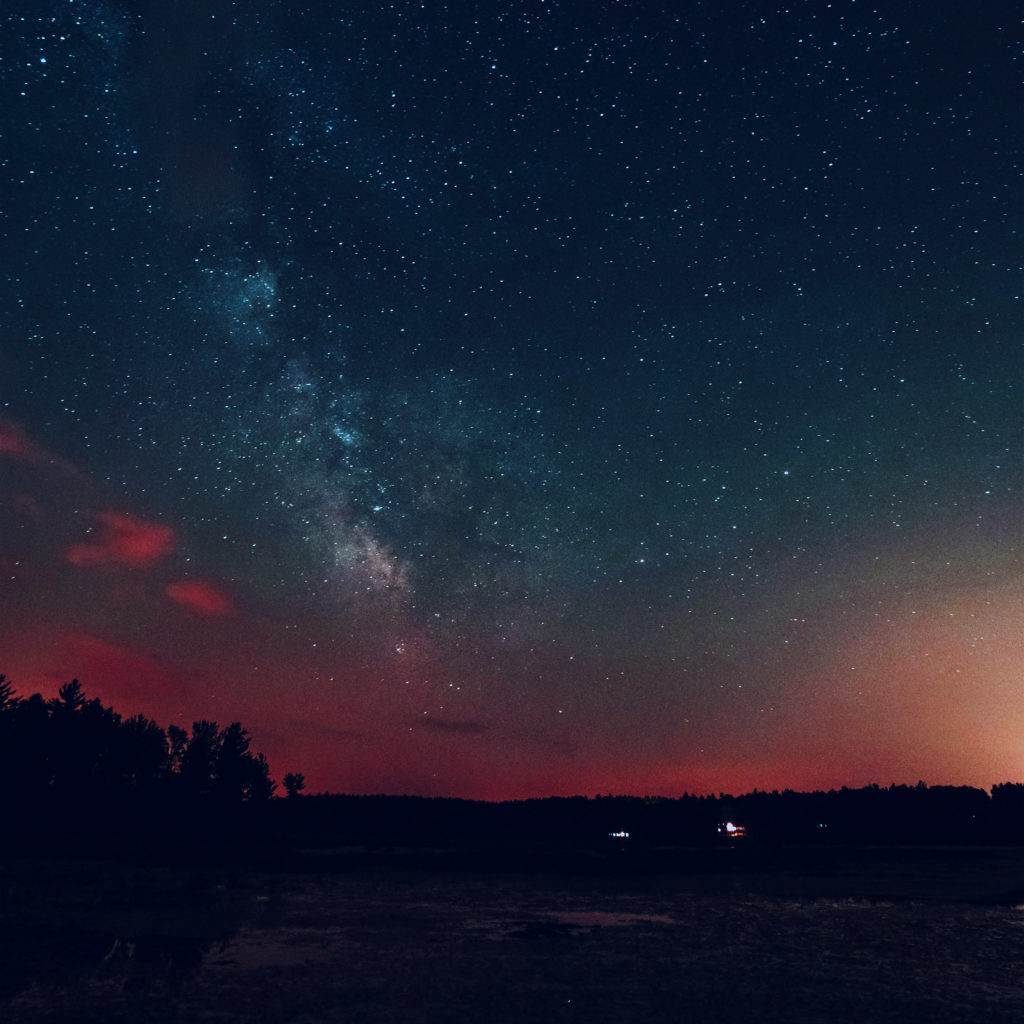The stranger across my mirror- Have we met? | Ojaswini Trivedi
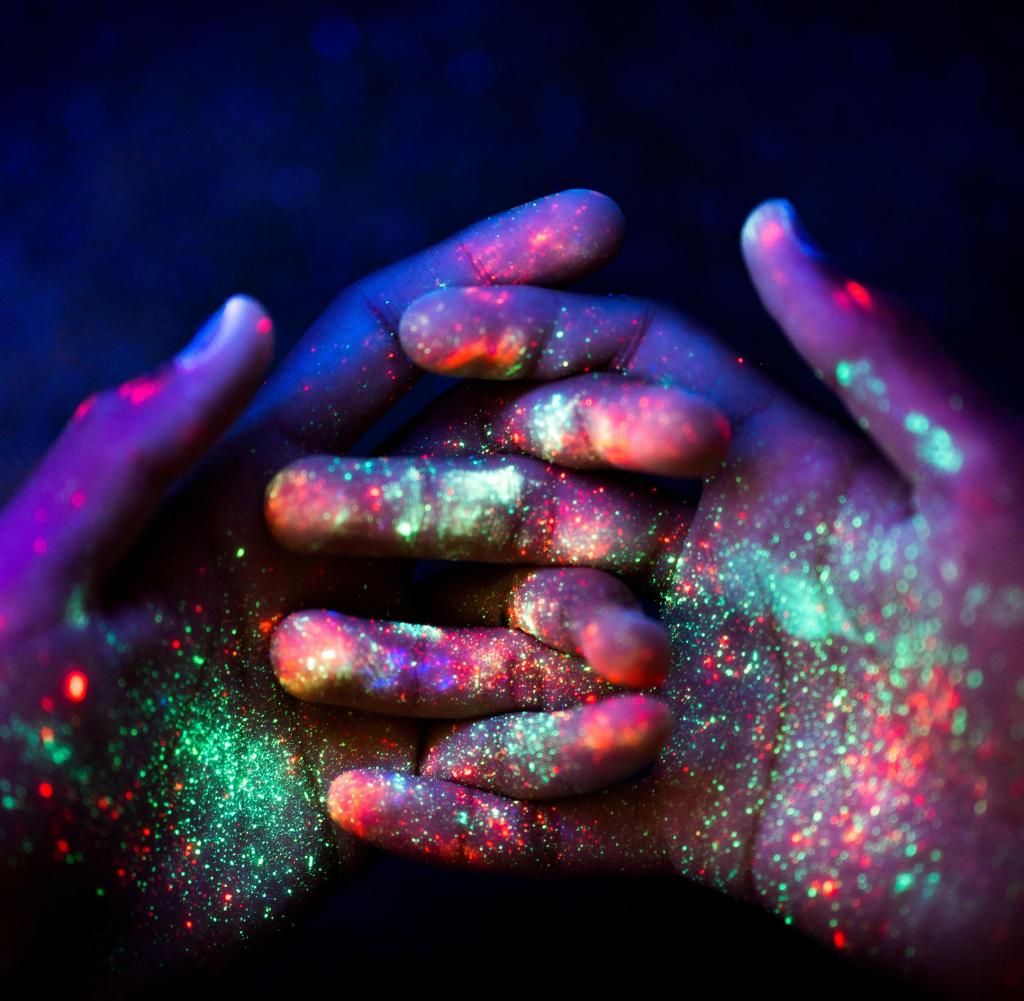
Have you ever felt like you’re walking back into the same pattern.
Falling back into your ex- lover’s arms, the magical appearance of the slender bodied cigarette tangled up perfectly between your fingers after you’d promised yourself the 23rd ‘last time’ or driving without a destination in mind but gradually finding yourself at the corner of that house or person you left years ago.
Or just for a second, answer this-Have you ever broken up with someone thinking that it’s for your own good? And specifically in all unlikelihood, not just stepping away from a toxic, gruelling, narcissistic relationship but a truly genuine one. The comfortable one. Maybe the “too comfortable” one.
You find yourself in a coffee shop.
Wearing your favourite yet only saved for special occasions shirt, the top button unbuttoned. A dash of pink across the cheeks and a tinge of nude on your lips, ordering his exclusive coffee.
Black, no cream, three cubes.
You want him to be happy.
At the sight of you, he truly is, happy. His hands have blots and patches of acrylic, the side of his hands are painted maroon. The colour of my top.
As you sit across him, delving deep into his fancy brown eyes. You keep wondering.
Are you happy for him? Or are you happy with him?
You tell him you can’t do this anymore. You want out .
He’s taken aback at the abruptness of it, but seemingly calm about the words spoken.
The words that poured like sullen wine from your lips.
Distasteful and needy.
The decision that took months of reflecting, internalizing. You can’t pin point a problem, if there was, he would solve it. But you decide to act on this decision. Maybe some things just don’t fit.
Only after the failed futile attempts you realise, there’s never really a good time to part ways.
No perfect day, no perfect occasion. Well, no perfect temperament.
Not for you, neither for him.
Yet, you are sitting at an arm’s length. Probably breathing the eye-gouging regret already.
You tell him.
Blatant. Honest. Guilty.
And then, as the course of time plays, you come to realise that that uncomfortable space, you inflicted on yourself needs to be filled with friends or alcohol or painting classes or gym or girlfriends night out or self help books or romantic movies or just plain loveless sex.
Eventually you succumb to the superficiality of it.
And so, you crave for that comfortable safe space. The eager familiarity. The known face in the crowd. The one who could protect you when you were lost.
Which brings us to the next part.
When the other person fulfils your need, is it safe to call it love?
What happens when the needs are met?
What happens when the needs are not met?
Is it still safe to call it love?
Wait. So are we just using each other? For happiness, money, safety, freedom, security, sex, comfort, loneliness, satisfaction, hunger, redemption?
What if we started loving keeping ourselves out of the equation. What if we just loved with complete detachment.
True love is when their closeness is liberating and not suffocating, when their leaving is tormenting and not relieving.
The patterns evoke, of how you treat them, what you feel and most importantly, how you treat yourself.
The continuous falling back into the comfort, the familiar sensation, the treaded path we walked for weeks together. We feel the urgency to crawl back into that. Our memory cells aching to sprint through those lanes, actions and people. Again.
The uncertainty is unsettling.
For people who repeatedly, nonchalantly say “Love yourself!”
Let me tell you, for those who are listening.
It’s the hardest thing to do.
Worse than the weekly-Sudoku and Mumbai’s traffic post rains. It beats the tragic hangover or even ramming your new car into a tree.
Loving yourself is the hardest thing to do.
Have you ever found yourself sitting in the car as the rain comes crashing on the glass shield. The sound of it, a melancholic tease, the rhythm in the familiarity of life falling apart.
We empathize with pain.
We empathize with our pain and are envious of our happiness. Almost as if it’s a time bound gig of your favourite artist.
But pain. So easy to hold on and so bloody hard to let go.
Trying to like yourself is like telling yourself it’s okay to screw up. It’s okay to feel lonely and sad.
It’s okay if you don’t fit into that dress.
It’s okay for you to walk away.
It’s okay to let go when they expect you to hold on.
It’s okay if you feel differently at the different time due to a different reason for a different person.
IT IS OKAY!
Trying to like yourself is like breaking that pattern.
You detach little by little. You get uncomfortable little by little.
You break yourself apart..slowly.
Giving up cigarettes is like telling that psychosomatic slavery “ENOUGH!”
Revelling in the comfort of ‘too comfortable’, knowing it is stagnating your growth. Break apart.
Tell your toxic ex-lover that you wish him well. That you deserve better!
Buy that goddamn dress!
CPR yourself..
A friend once said, soulmates exist. There’s Yin And Yang in each one of us. The masculine and the feminine energy. And they, are each others soulmates. We are not incomplete. Our partners are not our ‘Better halves’. He/She cannot complete you.
Only you have that consent.
It’s you. Whole. Complete. Fulfilled.
So why the desperate search for completeness and fulfilment from the ones we meet.
Or falling back to the apparent safe haven that is need based, desperate. Animalistic.
The taste of freedom when love is glorious, away from your attached heart.
The demands, the expectations.
The role-play of right’s and wrong’s. Good and bad. Would’ves and Shoud’ves.
It wouldn’t matter.
The pattern will break. We can break it.
Deconstruct. Dissolve.
Only thing vicious in this scenario would be your sole, selfish bliss.
Aren’t we all just craving to be happy?
Honey,
Be your own Superhero.
